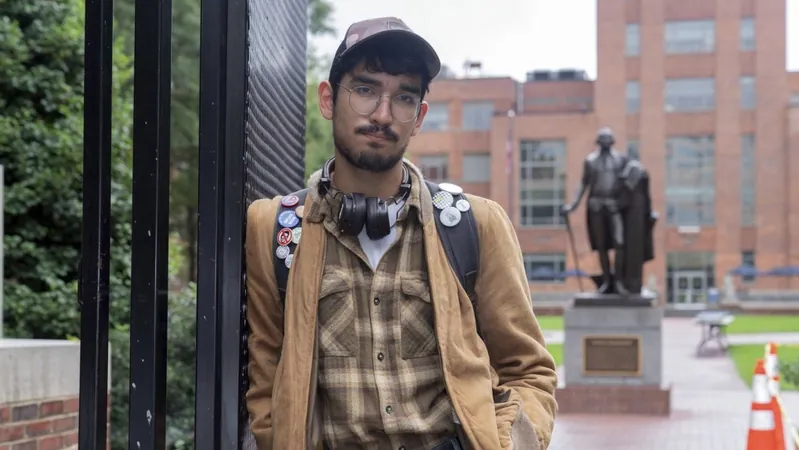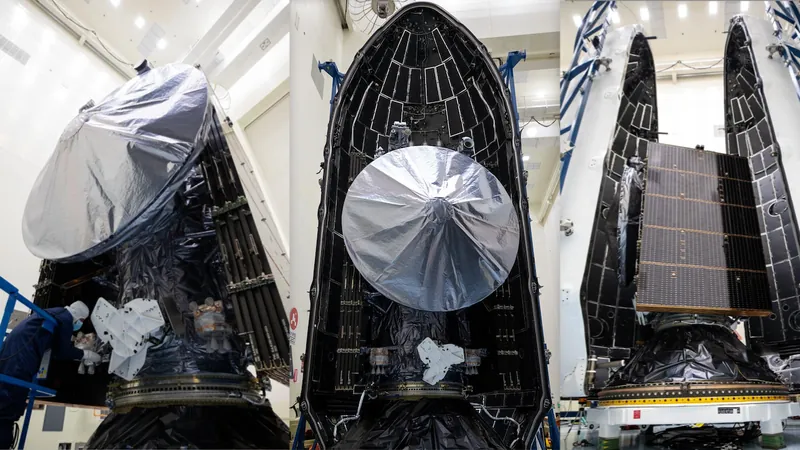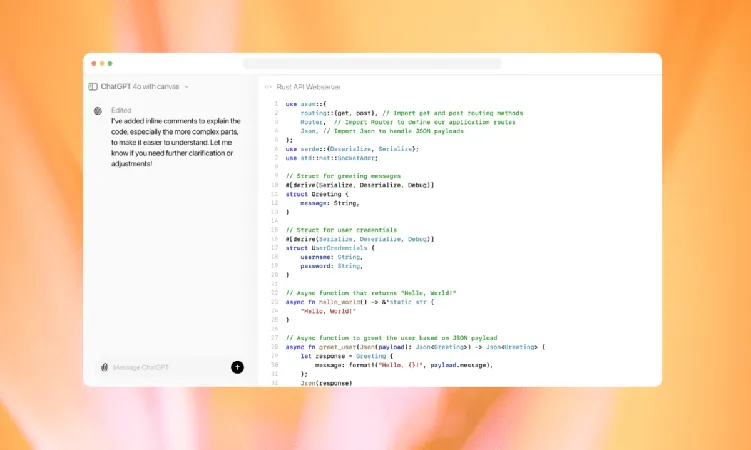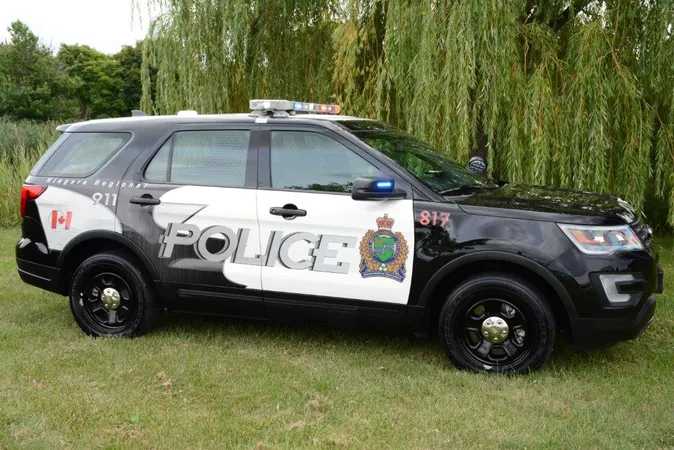
‘I Won’t Believe It Until I See It’: Could Banning Sea Farms Revive Canada’s Wild Salmon?
2024-10-03
On a serene August morning, Skookum John skillfully navigates his fishing vessel, Sweet Marie, out of Tofino's harbor and into the dazzling waters of Clayoquot Sound, located on Canada’s picturesque west coast. As the late summer sun kisses the shoreline, visitors from around the globe explore this vibrant fishing town on Vancouver Island, wandering through surf shops, art galleries, and seafood restaurants, eager to catch glimpses of majestic orca, humpback, and gray whales.
“This beauty is unlike anything you’ll find elsewhere,” John states, waving his hand towards the breathtaking view of islands and rugged mountains, cloaked in lush green rainforests that define the Clayoquot Sound UNESCO Biosphere Reserve.
As the Sweet Marie advances further into the Sound, it glides past a group of adorable sea otters resting peacefully on the waves. Once hunted nearly to extinction, these marine mammals are part of the rich ecosystem here, alongside sea lions, seals, wild salmon, and bald eagles.
John, a dedicated member of the Ahousaht First Nation, relies on the bountiful ocean for his livelihood, training coast guard members in marine safety, transporting visitors to remote islands and geothermal springs, and leading whale-watching excursions. Today, he's hosting members of Clayoquot Action, a conservation organization focused on safeguarding wild salmon, as they approach a site of growing controversy: open-net pen salmon farms.
Dan Lewis, co-founder and executive director of Clayoquot Action, expresses disbelief that such industrial farming takes place in a globally recognized protected area. “Why are we permitting this here?” he questions, gesturing at the abundant marine life teeming in these waters, which include giant rock scallops, vibrant anemones, and the striking colors of local sea urchins and Dungeness crabs.
Clayoquot Sound is home to some of the last salmon farms left on North America’s west coast, with a history of as many as 100 farms operating in Canadian coastal waters. These farms predominantly raise non-native Atlantic salmon, leading to significant environmental concerns.
The future of salmon farming in Canada now hangs in the balance. In June, the Canadian government declared a ban on open-net pen salmon farming in coastal waters, set to take effect in July 2029. This move is part of a broader commitment to “protect wild salmon and encourage more sustainable aquaculture practices.” The announcement has reignited debates about the impact of the salmon farming industry on wild stocks, addressing issues such as sea lice infestations and the spread of diseases in farmed fish, which target the migratory routes of wild salmon.
The government’s decision was hailed by environmental activists and wild salmon advocates, but it drew sharp criticism from powerful multinational salmon farming corporations. These companies argue that relocating salmon farms to closed containment systems—proposed by the government—is not feasible and would come with exorbitant costs.
John, who has campaigned against salmon farms since 2015, views the government’s new 2029 deadline as just another empty promise following an earlier commitment to dismantle open-net farms by 2025. “I won’t trust anything the government says until I actually see it happen,” he states, as the Sweet Marie drifts near one of the floating salmon farms, disturbingly close to the seaweed-covered shore.
John's skepticism about the salmon farming industry is echoed by Hasheukumiss, the hereditary chief of the Ahousaht Nation and president of the Maaqutusiis Hahoulthee Stewardship Society. Yet, the two leaders hold contrasting views on whether open-net farms should continue to operate in Canadian waters. In 2010, the Ahousaht Nation signed an agreement with Cermaq Global, a subsidiary of Mitsubishi, allowing it to operate salmon farms in its territory. This agreement was periodically renewed, but Hasheukumiss acknowledges that environmental concerns must remain a priority.
“There were significant worries regarding sea lice and pathogens, which we addressed directly with Cermaq,” Hasheukumiss explains. However, he expresses frustration at the Canadian government’s limited consultation, despite multiple discussions with cabinet ministers since he took on his role in 2020. He argues that a five-year transition away from open-net farms is not realistic, stating, “There’s no way any industry can switch to fully contained systems in that timeframe.”
As Sweet Marie inches closer to a rectangular array of floating walkways enclosed by black netting, John playfully asks a salmon-farm worker—his nephew—why he seems so busy. This familial connection exemplifies the complicated relationship between local communities and the salmon farming industry; while some Ahousaht members work at these farms, concerns about environmental impact loom large.
Nearby, the Cermaq's delousing boat, Aqua Service, looms high over the Sweet Marie. This vessel boasts advanced systems designed to reduce the presence of sea lice in farmed fish, emphasizing the industry’s current efforts to mitigate damages.
Interestingly, Cermaq is also testing semi-closed containment systems to help protect wild salmon; these setups allow young salmon smolts to grow with decreased exposure to harmful sea lice. Though promising, such innovations are not without challenges. The operating costs for these systems can be a staggering C$20,000 (around £11,000) monthly just for diesel.
While industry representatives maintain that transitioning to land-based systems is impractical due to costs—a medium-sized facility may require an investment of C$1.8 billion (approximately £1 billion)—advocates like Lewis argue that there is no viable future for wild salmon unless the farms leave the oceans. “In our assessment, any in-water solutions cannot guarantee zero discharge,” he emphasizes.
The implications of shutting down salmon farms resonate deeply in coastal communities. Kingzett warns that closures would not only impact local employment but could lead to a reliance on imported salmon from countries like Chile and Norway.
In the Sweet Marie’s cabin, John showcases a sticker reading #FishFarmsOut. His desire for the salmon farms to exit Ahousaht territory, even at the cost of lost revenue, is clear. “Wealth isn’t about money,” he asserts. “Our true wealth lies in what we have in our home—the ocean, the air, and the natural resources that sustain us.”









 Brasil (PT)
Brasil (PT)
 Canada (EN)
Canada (EN)
 Chile (ES)
Chile (ES)
 España (ES)
España (ES)
 France (FR)
France (FR)
 Hong Kong (EN)
Hong Kong (EN)
 Italia (IT)
Italia (IT)
 日本 (JA)
日本 (JA)
 Magyarország (HU)
Magyarország (HU)
 Norge (NO)
Norge (NO)
 Polska (PL)
Polska (PL)
 Schweiz (DE)
Schweiz (DE)
 Singapore (EN)
Singapore (EN)
 Sverige (SV)
Sverige (SV)
 Suomi (FI)
Suomi (FI)
 Türkiye (TR)
Türkiye (TR)